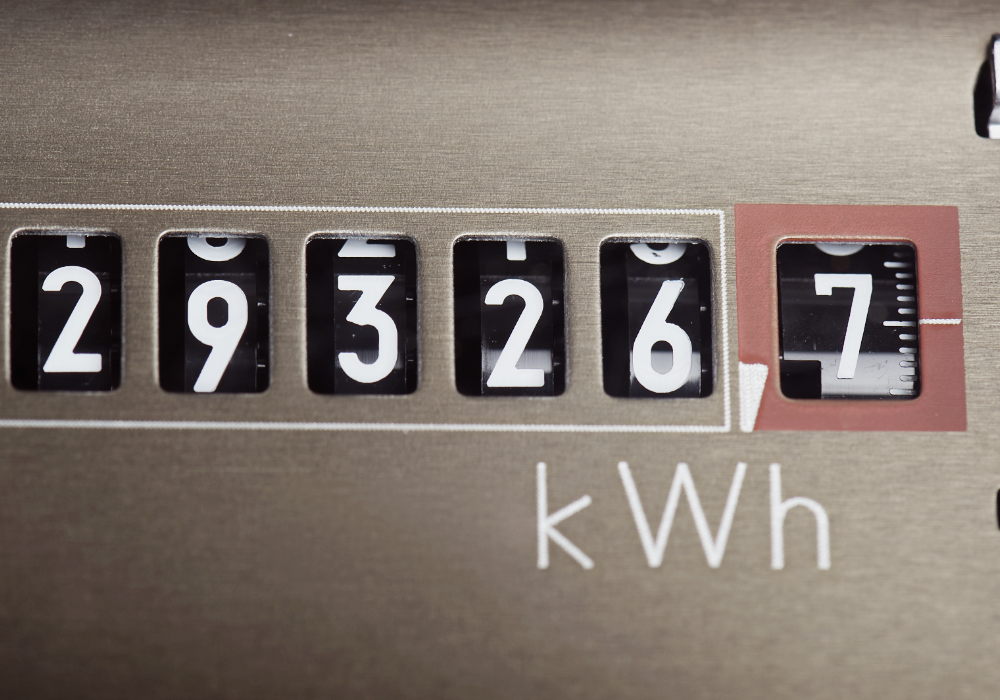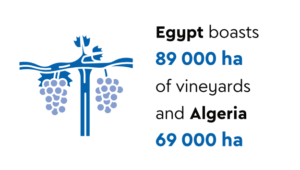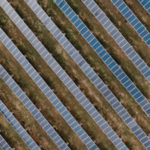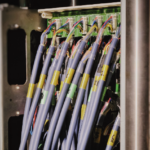Clarens, at the foot of the Maluti mountains on the border between South Africa’s Free State province and Lesotho, is a big attraction for tourists keen to sample its scenery, art galleries and restaurants. It also has the distinction of being South Africa’s only load-shedding free town.
Amid Eskom’s intensified load shedding in 2023, it had to think smart. Literally. Clarens approached Eskom to get involved in the utility’s pilot programme to test the viability of group load curtailment.
Eskom regional senior manager, Bibi Bedir, explains that while load curtailment, or load limiting as it’s also known, is not a new concept as many municipalities and large customers have managed their own demand during times of supply constraints, ‘the concept of “group curtailment”– where a community manages its own load curtailment – was, however, piloted in Clarens’.
Group curtailment requires the collaborative efforts of the entire community to reduce load when so requested to avoid their power being completely switched off. During stage one, for example, they are required to reduce their collective electricity use by 10%, and residents are asked to switch off their geysers, irons and kettles during that specified period. At the heart of the initiative is a smart meter, installed at the town’s main supply point, which sends real-time statistics of the town’s current demand to Eskom every 60 seconds, prompting further reductions if needed. The population is informed of reduction demands via Facebook and WhatsApp alerts.
So far, Clarens has managed to keep at least its lights on during load-shedding periods since September 2023.

Eskom started its load-limiting pilot programme in Fourways, Gauteng, in June last year, allowing individual households with smart meters to reduce electricity use to below 10 Amps, by switching off energy-intensive appliances, but keeping lights, TVs and WiFi running. Customers are alerted via the smart meter’s customer interface unit and SMS to reduce use.
‘The system will provide the customer with four opportunities to reduce their consumption and, thereafter, if the load has not been reduced, the meter will automatically switch off the electricity supply for the duration of the load-shedding period,’ says Eskom. The programme is now being extended to Eskom customers with smart meters in other Gauteng suburbs.
The initiative is part of its demand-side management plan, which envisages rolling out smart meters to all households in an ambitious four-year ZAR16 billion project to recover 7 000 MW into the national energy grid. Speaking at government’s National Demand-Side Management Indaba last April, Eskom chief engineer Edison Makwarela said that if he had his way the proposed demand-management system and the necessary smart meters would be rolled out ‘as quickly as possible’.
Smart meters would allow Eskom to introduce a time-of-use tariff, which in turn would enable consumers to decide when to use electricity based on how much it will cost.

‘It’s a pricing signal, but what it does is that you, as a customer, decide that if it’s too expensive at this time, I can reduce my load; or, when it’s cheaper, I can cook. What we are saying is that if you consume electricity at a certain time, it becomes expensive and if you consume at a standard time it becomes cheaper,’ he explained.
Smart meters are being rolled out elsewhere on the continent. In an article for ESI Africa, Nikhil Kaitwade, associate VP of market research at Future Market Insights, writes that the installation of 20 000 smart electricity meters in Mali cut energy losses by 30%; and 30 000 meters in Burundi cut losses by 22%.
Advanced metering infrastructure (AMI) is also making an impact on water use, with non-profit GreenCape pointing out in a recent report that smart meters empower users to better manage their water use, detect leaks and report faults more easily.
According to Cape Town-based telecoms service provider Flickswitch, the launch of low-power narrowband IoT (NB-IoT) networks – a communication standard that allows IoT devices to operate via carrier networks – is further driving the adoption of smart meters in the water sector, in addition to traditional 2G, 3G and 4G smart metering devices. It says NB-IoT allows the mass deployment of low complexity (about 50 000 connections per cell), with a range of up to 100 km.
Market Insights’ Kaitwade reports that in 2022, smart water meters were installed in 200 Cape Town schools, saving the city 2 million litres of water a day. One school, Isikhokelo Primary in Khayelitsha, saved almost 100 000 litres a day, he writes.
Citing one report, he writes that more than 500 million smart meters will be installed in 50 emerging economies, including in Africa, by 2024 – and revenue from the water metering market alone will top US$6 billion.

In Kenya, internet service provider Safaricom recently collaborated with the Kenya Water Institute to instal smart water meters at the institute’s Nairobi and Kitui campuses. The system, which employs IoT technology, will be used to train students as part of the institute’s smart-water management curriculum.
In October 2023, Johannesburg Water started upgrading 4 300 existing traditional meters to smart meters in townships such as Cosmo City, Soweto and Orange Farm. ‘The benefit of prepaid smart meters is that customers will be able to pay for their consumption, but those without meters will be billed for availability charges or deemed consumption, which in most cases is above their consumption and more expensive,’ the utility said at the time.
Mpho Makwana, Eskom chairperson at the time, hinted at the need for more advanced metering to facilitate energy management.
‘In South Africa we have often only spoken about demand-side or demand-response programmes purely in terms of switching off geysers and pool pumps. Yet global case studies show that some countries [such as] Australia, UK and Japan are quite advanced technology-wise, using artificial intelligence tech to use predictive behaviour in terms of electricity use,’ he said at the April Indaba. ‘And at some point we are going to have to advance beyond figuring out how to do a national call for switching off geysers and pool pumps.’
Roger Hislop, energy management systems executive at CBI: Energy, an energy-management solutions provider, writes in TechCentral that South Africa cannot generate its way out its energy crunch. ‘We need to take charge of our energy destinies and change our consumption patterns now to ensure energy security for the future.
‘We must change what we do, and how we do it. We mustn’t “go on a diet” – a famously useless way to lose weight through temporarily skipping treats. We must fundamentally change our lifestyles, and the way we work.’
One way of ‘taking charge of our energy destinies’ is by installing smart meters to capture granular data on how and when we use energy.
In response to a call by the City of Ekurhuleni to businesses to reduce energy consumption by 30%, CBI: Energy installed smart meters across its business to determine how much power it was using on a minute-by-minute basis. In so doing, it could prepare to ‘restructure its operations, change which manufacturing processes happen when, and adjust how shift structures work to optimise the manufacturing process to minimise the peaks and dips in daily power usage’, according to Hislop.

‘Granular per-minute metering at multiple points in the electrical distribution network within a building is critical,’ he says. ‘Being able to implement a robust but simple electrical load-management system, where loads can be turned on and off at the click of a button, is more so.’
Unfortunately, for most developing countries, there is a massive challenge with installing smart meters. ‘The issue is the cost,’ independent energy expert Lungile Mashele told Business Report. ‘If they are free, there will be uptake. A normal prepaid meter is upwards of ZAR2 000. So a smart meter would be incrementally more.’
Recent research supports the view that cost is a stumbling block in developing countries. In a study published in Nature, researchers write that ‘achieving cost-effective and widespread adoption of these technologies poses a challenge, particularly in developing and underdeveloped nations due to high capital costs, technological constraints and uneconomical deployment strategies’.
The researchers, from universities in India, Norway and Ethiopia, achieved a significant cost-saving of 60% to 78% by introducing the concept of a smart network meter (SNM). Their model proposes installing SNMs to monitor clusters of existing digital meters.
‘By introducing a single add-on device at the consumer’s end, the existing digital energy meter can undergo an upgrade to a smart meter without requiring complete replacement.’
With no sign of pressure on power grids letting up, the drive for smart meters is not going to slow down. But as the little town of Clarens has shown, the smartest route is often the simplest.
















